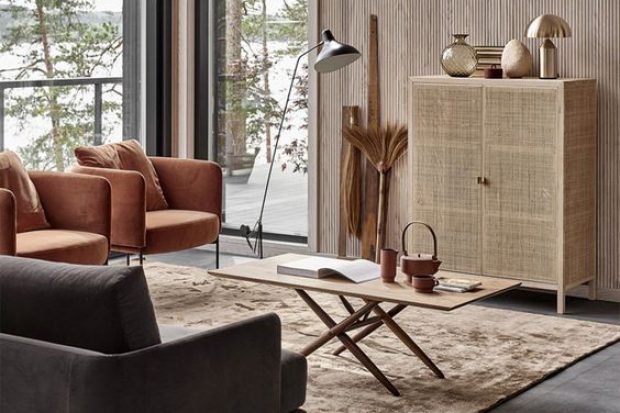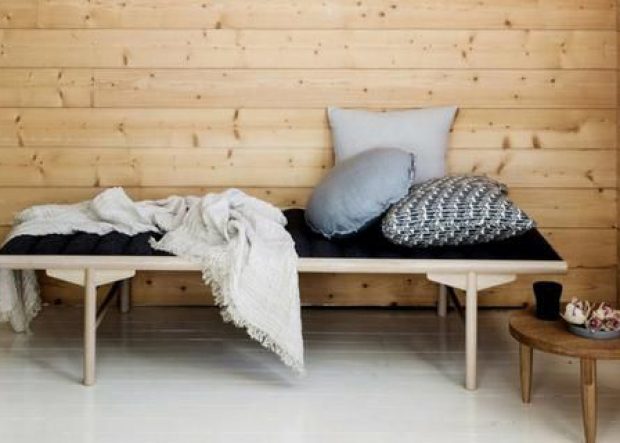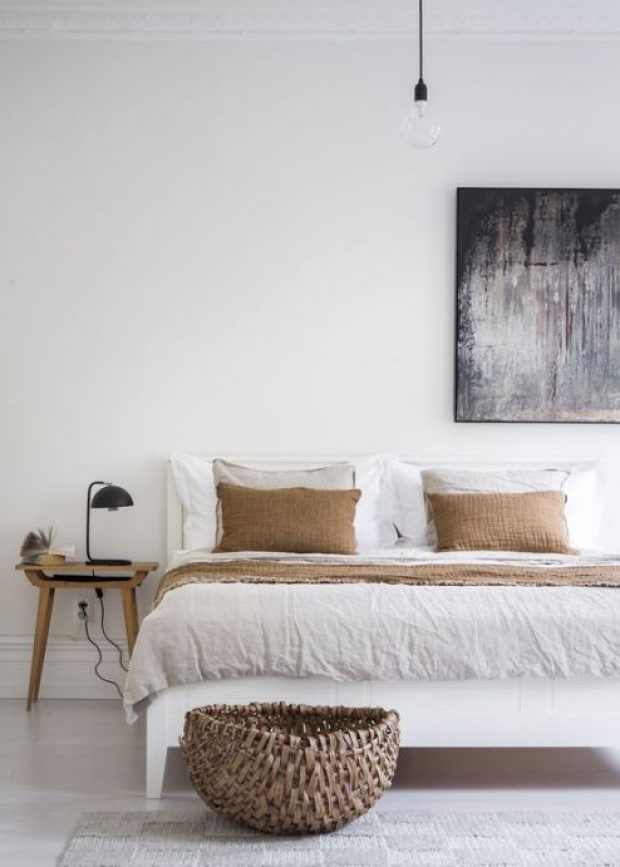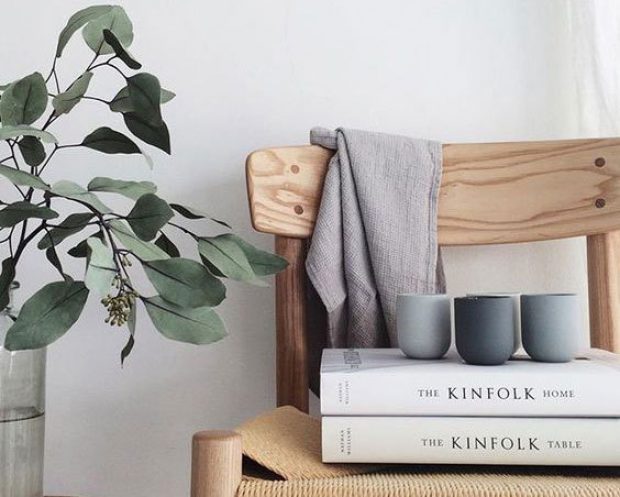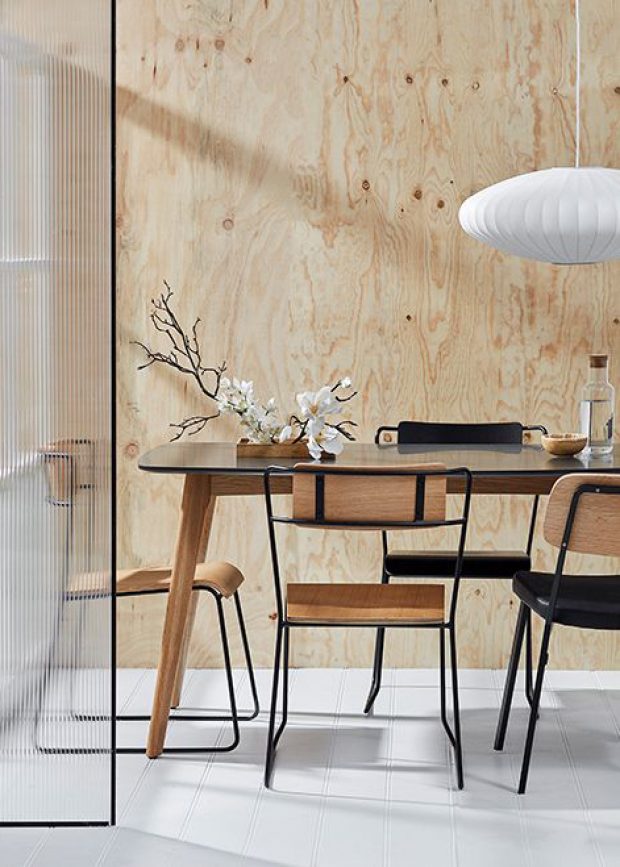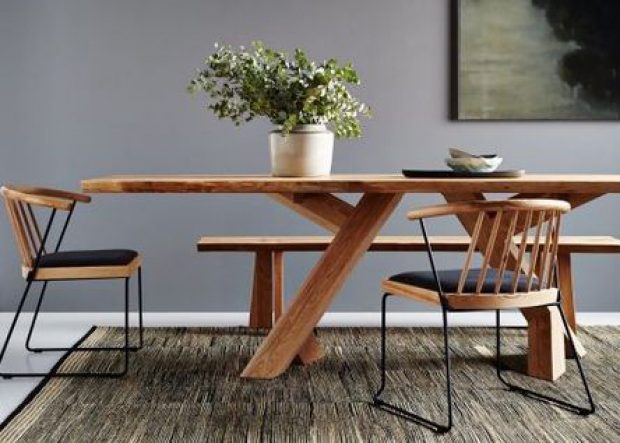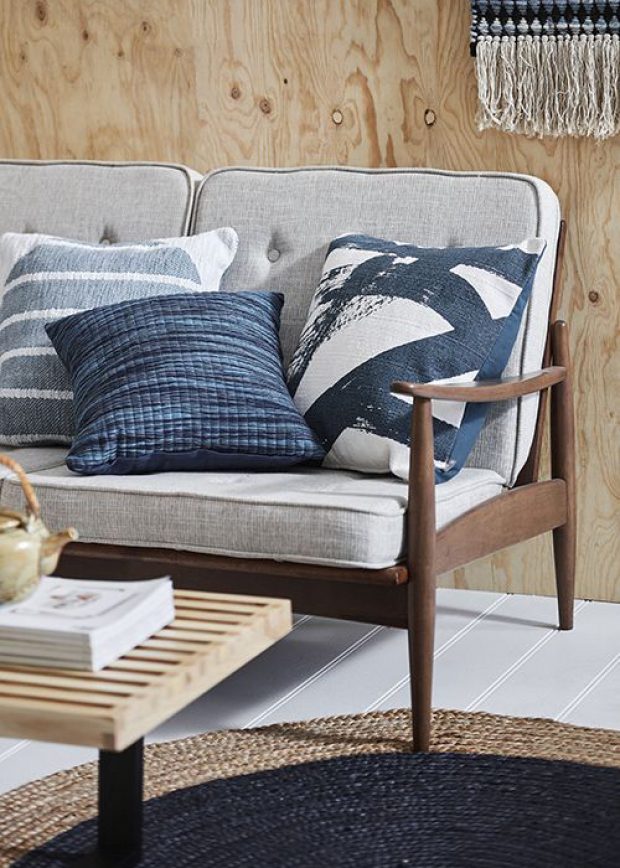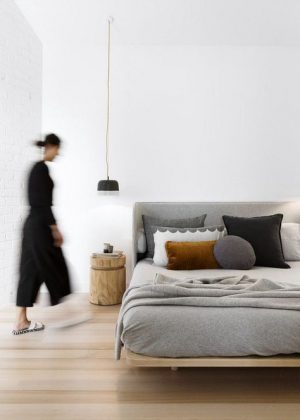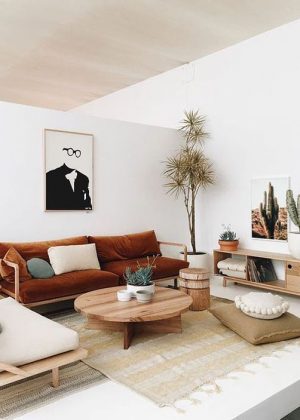Wonderful wool for your wardrobe
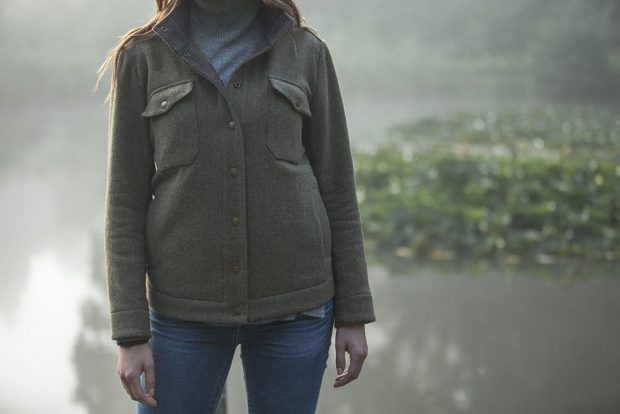
TFFC is passionate about supporting the wool industry as a sustainable, natural material and we’re always keen to hear about other companies who are working with wonderful wool.
So when a customer got in touch to tell us about Herne clothing and its collection of top performing outdoor garments made from wool rather than plastic-based fibres, we were all ears.
The use and wide-scale environmental impact of plastics - and manmade materials derived from plastic - is an issue that we are becoming much more conscious of.
While many outdoor enthusiasts seek to tread as lightly as possible when exploring the beautiful countryside, they typically do so cocooned in synthetic, plastic-based fabrics.
That’s something that sustainable outdoor clothing company Herne is looking to challenge - to produce clothes for exploring the wilderness that work with nature rather than against it.
Herne’s signature item - the stag shirt - is lightweight, durable, insulating, weatherproof, odour resistant and comfortable, while also allowing ease of movement and breathability. That’s because its made of wool, which naturally has all these properties, while also being a renewable and biodegradable fibre.
We talked to founder Ed Magor to find out more about his journey to create Herne Clothing and its wool to wardrobe process.
How did the idea for Herne Clothing first form?
The concept was first seeded two years ago when I was staying with a family of traditional ranchers and hunters in New Mexico, who work hard in rugged terrain and testing weather.
They gave me a book written in the 1920s by a wilderness hunter and explorer, who found woollen stag shirts to be the ideal clothing item for hiking in the backcountry, glassing the mountains, or stalking through the forests.
I loved this idea of a piece of natural, sustainable clothing that left no trace or impact on the wilderness; clothing that genuinely allowed the wearer to live wild.
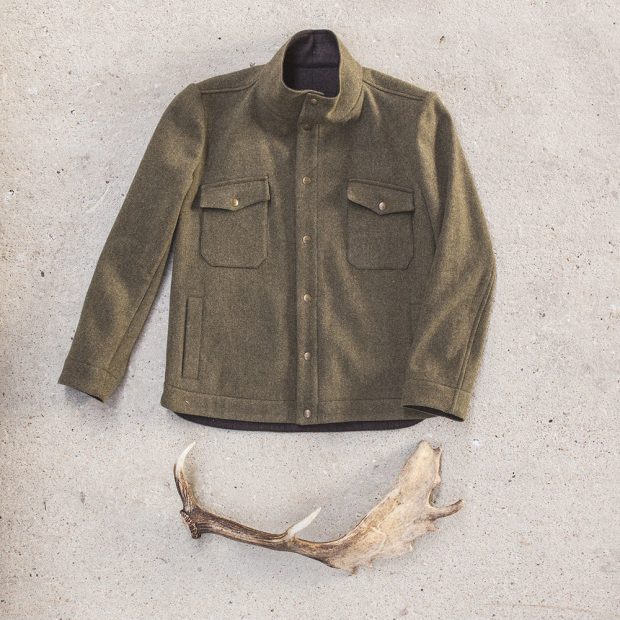
And what inspired the company name?
No long after returning to England, I went stalking in Savernake Forest in Wiltshire - the ancient hunting grounds of Norman kings - and on that trip first heard the story of Herne.
In local folklore, Herne was a wild huntsman who saved a king from being gored by a stag but was himself injured, only to be cured by having the stag’s antlers tied to his head. I felt Herne strongly symbolised this idea of living wild and working with nature rather than against it, and was a really appropriate name for the new business.
With an idea and identity now formed, I next began researching the history of stag shirts, their design, construction and fabrics. The weighty and itchy Mackinaw wool referenced in the 1930s book was not going to appeal to the modern consumer. I knew that if a sustainable outdoor clothing product was going to succeed it had to be every bit as technical and as comfortable as its synthetic rivals.
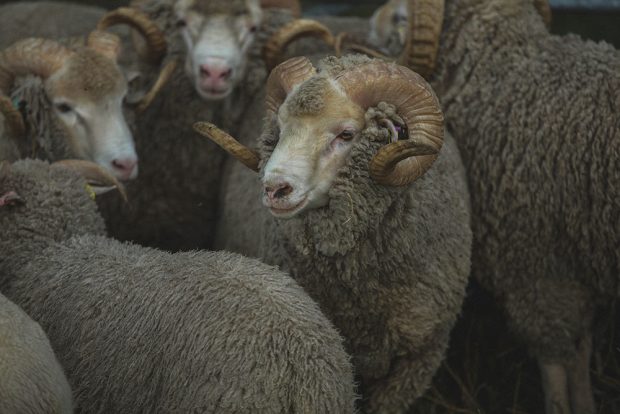
So how did you go about finding a wool that would work?
We needed a sheep breed whose wool offered warmth and weather protection, softness and durability. Simple in theory, but wools that offer durability and weather protection tend not to be soft or as warm, whereas soft and warm wools are not as durable.
Our research revealed a little known ‘Scottish Merino’ or ‘Bowmont’ breed. Merino sheep, famed for their warm and super soft wool but unable to survive the wild wet weather of Scotland, were crossed with hardy native Shetlands, perfectly at home in the worst of weather.
This new breed produced Merino quality wool that naturally offers amazing thermoregulatory properties, as well as being moisture wicking, odour resistant, and super-soft.
What about the sustainability of your source?
Securing high-quality wool of the standard to provide the required performance and durability was one thing, but I also wanted to ensure that the sheep had been well cared for and raised in a sustainable and ethical farming system.
Many years of working with supermarkets had instilled in me a deep distrust of certification bodies, so the only way I could guarantee this care and quality was to create and tend for my own flock. But sourcing the right sheep wasn’t easy!
Despite once leading the world in wool and textile production, the British sheep industry has been largely focused on meat production for the last century, with wool a mere by-product.
As a result, Merino sheep are exceptionally rare in Britain. However, after many telephone calls, motorway miles and trips to Scotland, I managed to track down rams and ewes from individual small-holders and farmers. The Herne flock began to take shape on our family farm.

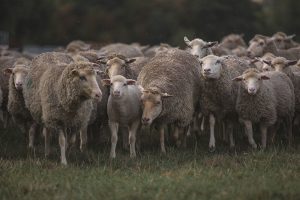
So how do you care for your fine flock?
With daily care and careful management, the flock now operates on a rotational grazing policy, moving the sheep between pastures and setting aside areas of land on the farm for flora and fauna. Managing soils, habitats and water, trying to integrate the best principles of organic management wherever we can. Sowing chicory on our grasslands to act as a natural anthelmintic and clover to build soil fertility.
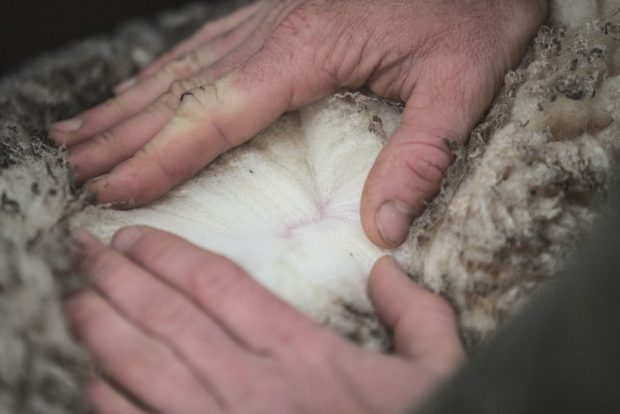
Tell us more about the first shearing...
Our much anticipated first shearing was in August 2017. We shear in the hottest and coldest periods of the year when the wool condition is at its finest.
After shearing, the bundles of wool are carefully checked, sorted and graded. Weights and quality are noted beside each sheep’s unique ear tag number – data to guide our breeding and the flock’s development over time.
Micron count, the fineness of the fibre, the length and crimp are all important factors to consider when producing the wool needed for our stag shirts to ensure they perform flawlessly.

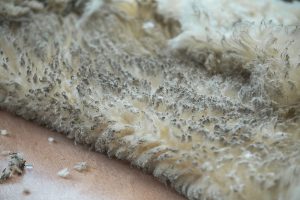
So how did you go from wool to wardrobe?
With the first yield of wool secured and more on the way, I began working with one of the oldest family mills in Yorkshire, a county famed for its wool heritage. Together, we set out to produce a lightweight fabric with weather resistance, warmth and softness against the skin.
Bringing to bear generations of experience, the mill began experimenting with weaving densities and mottled melanges of colour shades that create soft natural camouflages for different environments.
We finally perfected a dark green for the oak and pine forests. A lighter green with hints of brown for the open grass plains, and a grey for the rocks and snow of the mountains.

With the fabric finalised, how did you create the stag shirt?
I began working with a Savile Row tailor to combine the heritage feel of traditional stag shirts with a modern style and contemporary tailoring. Every detail was considered to maximise the shirt’s functionality for outdoor activities.
Pockets were sized and angles were tested. Collar stand heights were experimented with to keep the weather out while ensuring comfort, and shirt lengths and hem design were tailored for ease of movement, whether horse riding in the backcountry or hiking up mountain slopes. Shoulder yokes and arms were optimised for hiking with a stick, stalking with a rifle or casting a fly rod.
Samples were made and tested in all conditions - from stalking in the lowlands to hiking in the highlands, in snow, sleet, rain and sun. Together with friends, I attempted to destroy and ruin the samples, knowing that they would have to withstand great amounts of real-world abuse in harsh environments.
Almost two years after my trip to New Mexico and the idea of Herne we launched our first range of Stag Shirts and merino layers.
Who are your customers and why do they buy from you?
Herne has tried to engage with a conscious consumer, someone who appreciates high quality and design, together with a desire to tread lightly on the world with sustainable purchases.
Our customers are found all over the world, although we have had fantastic support from the USA who have maintained a strong wool heritage and appreciate our 100% British designed, grown and made products.


How much are perceptions changing around sustainable clothing?
People have had decades of marketing by large outdoor clothing brands that to survive in the wilds you require the most modern synthetic fabrics, forgetting that mountains and continents were explored in natural fibres!
So it’s going to require a concerted effort to persuade people that natural fibres and fabrics can offer the same, if not better, performance. Price is also a sensitive issue, sadly, as synthetic fabrics are often cheaper to make than sustainable alternatives so persuading people to swap is going to be difficult.
It’s great that people are just beginning to appreciate that actually the most technically advanced fibre in the world is Merino Wool and obviously the more that opinion formers and individuals can do to encourage sustainable choices the better.
To find out more about Herne Clothing, plus view or purchase their signature stag shirts and other Merino based clothing, visit their beautiful website: https://www.herneclothing.com
